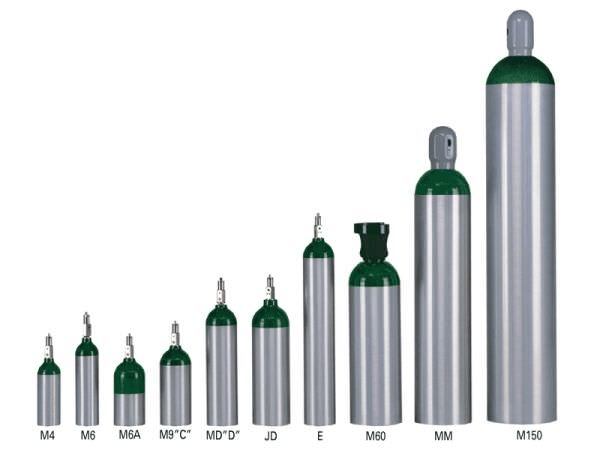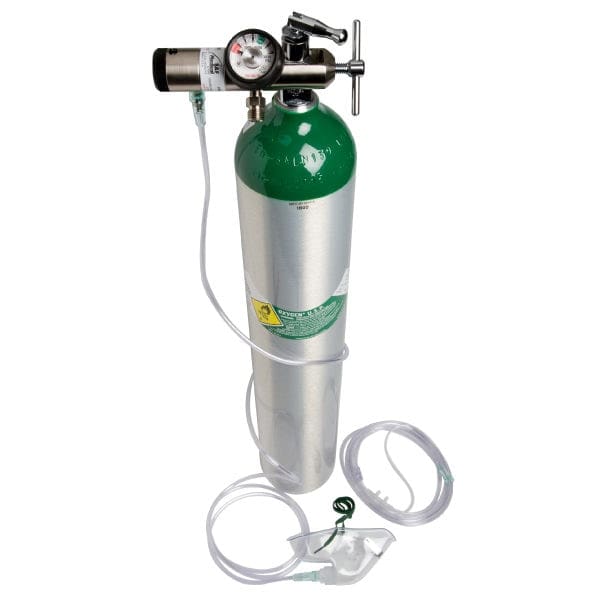Essential Medical Devices: Oxygen Containers for Essential Treatment
Picture a lifeline, a sign of hope that takes a breath life into the battling. Invite to the world of essential medical tools: oxygen tanks for vital care. In times of alarming need, these storage tanks end up being a crucial resource, supplying the present of oxygen to those whose breaths are labored. Their value in crucial care can not be overemphasized, as they play an essential duty in sustaining life during medical emergency situations. From healthcare facilities to ambulances, these tanks discover different usages in the medical setting, making sure that clients get the oxygen they frantically require. With innovations in technology, these storage tanks have actually progressed to be more efficient and straightforward, permitting boosted patient care. Today, ease of access and accessibility of oxygen containers have raised, ensuring that important treatment devices are outfitted to take care of any kind of respiratory crisis that comes their way.
Recognizing Oxygen Storage Tanks
To understand oxygen containers, you will require to find out about their components, features, and appropriate usage. Oxygen tanks are a crucial clinical equipment made use of to supply extra oxygen to individuals with respiratory system conditions or those in crucial care circumstances. These storage tanks include 3 main parts: the storage tank itself, the regulator, and the shipment system.
The container is a cylindrical container that shops compressed oxygen gas. It is constructed from long lasting products and is developed to hold up against high pressure. The regulatory authority, connected to the container, controls the circulation of oxygen from the container to the individual. It ensures a constant and controlled supply of oxygen based upon the prescribed circulation price.
The delivery system, that includes a mask or nasal cannula, supplies the oxygen straight to the customer's air passages. Masks cover the nose and mouth, while nasal cannulas are tiny tubes that match the nostrils. The option of distribution system depends upon the customer's convenience and the degree of oxygen called for.
Proper usage of oxygen tanks is vital for safety and security and performance. By recognizing the parts, features, and correct usage of oxygen storage tanks, you can effectively offer and receive the important oxygen support needed in crucial treatment situations.

Relevance in Crucial Care
In vital care circumstances, it is vital that you regularly keep track of and supply additional oxygen utilizing oxygen containers. Oxygen is essential for maintaining the body's crucial functions, especially when a patient's oxygen levels are alarmingly low. By utilizing oxygen tanks, you can ensure that patients obtain the needed quantity of oxygen to support their respiratory system and general wellness.
One of the main reasons that oxygen tanks are important in important care is their capability to supply high focus of oxygen swiftly. In emergency situations, time is important, and oxygen containers enable immediate administration of oxygen immediately. This rapid distribution can be life-saving, specifically for individuals experiencing serious respiratory system distress or breathing failure.
Additionally, oxygen containers likewise enable continual tracking of oxygen levels. By on a regular basis examining a person's oxygen saturation using pulse oximeters, healthcare carriers can examine the efficiency of oxygen treatment and make required adjustments. This tracking makes certain that patients get the suitable amount of oxygen and prevents prospective difficulties because of insufficient oxygenation.
Furthermore, oxygen storage tanks offer mobility, allowing people to get crucial treatment also throughout transportation or in non-hospital settings. This versatility is particularly crucial for patients who require continuous oxygen treatment, as it permits them to maintain their treatment program and proceed getting the essential oxygen assistance.
Different Uses in Medical Settings
Discover the versatile applications of oxygen containers in clinical setups. Oxygen tanks play a critical duty in providing respiratory system support for clients in numerous healthcare settings. Among the key uses of oxygen storage tanks is in emergency situation departments, where they are used to support individuals with respiratory distress or failure. These containers are additionally necessary in running areas during surgical treatments, making certain that people obtain adequate oxygenation throughout treatments. In extensive treatment devices (ICUs), oxygen containers are utilized to provide oxygen to critically ill clients who are not able to breathe on their own. Additionally, oxygen tanks are used in rescue solutions to provide immediate oxygen therapy to clients experiencing respiratory system emergency situations throughout transport. Additionally, oxygen tanks are made use of in rehabilitation centers to sustain individuals recovering from respiratory system problems or surgical treatments. In addition, oxygen storage tanks are necessary in home healthcare settings, allowing patients with persistent respiratory problems to obtain oxygen treatment in the convenience of their very own homes. From emergency divisions to home healthcare, the functional applications of oxygen tanks in medical setups are important for giving essential treatment to people in demand.
Developments in Oxygen Tank Modern Technology
You can discover the most recent developments in oxygen container technology (oxygen tank). additional reading Throughout the years, significant important site development has actually been made in enhancing the design, performance, and transportability of oxygen storage tanks, ensuring a more effective and hassle-free experience for patients and doctor
One of the crucial improvements in oxygen tank technology is the growth of light-weight and portable storage tanks. Conventional oxygen storage tanks were cumbersome and frequently hefty, restricting mobility and creating aggravation for people. Newer designs are created to be much more mobile, allowing people to move about with greater ease and comfort.
An additional substantial improvement is the introduction of oxygen concentrators. These tools remove oxygen from the surrounding air, eliminating the demand for heavy oxygen containers completely. Oxygen concentrators are especially helpful for individuals who call for oxygen treatment on a long-lasting basis, as they provide a continual supply of oxygen without the need for refills or substitutes.
Additionally, improvements in modern technology have led to the development of smart oxygen tanks. These tanks are geared up with sensors and cordless connection, allowing doctor to remotely keep an eye on oxygen levels and use. This real-time data allows prompt interventions and ensures that individuals get the required oxygen degrees at perpetuity.

Ease Of Access and Accessibility of Oxygen Tanks
To make certain the access and schedule of oxygen tanks, it is important for health care facilities to keep a constant supply chain. Oxygen website link containers are a vital source in supplying life-saving care to individuals with respiratory system problems or those seeking extra oxygen. In order to satisfy the needs of these clients, healthcare centers need to establish dependable channels for procuring and distributing oxygen tanks.
One way to make sure availability is by establishing collaborations with reputable suppliers that can supply a timely and steady supply of oxygen containers. These distributors must have the capability to satisfy the facility's need and be able to provide the tanks quickly. Additionally, medical care centers must on a regular basis check their stock degrees to prepare for any type of possible shortages and take aggressive procedures to replenish their supply.
In addition, it is critical for medical care facilities to implement efficient storage and distribution systems. Oxygen containers need to be saved in a regulated and protected atmosphere to avoid damages and ensure their quality and security. Implementing proper stock management techniques, such as first-in-first-out (FIFO) system, can help protect against the expiration of oxygen containers and lessen wastefulness.
Lastly, health care facilities need to have contingency strategies in position to deal with emergency circumstances. oxygen tank. This includes having accessibility to backup oxygen containers in situation of unexpected spikes in demand or supply chain interruptions
Verdict
So there you have it, oxygen containers are certainly important in crucial treatment settings. They play a crucial duty in providing life-saving oxygen to patients in demand. With developments in technology, these storage tanks have become extra reliable and obtainable, ensuring that physician can give the finest care feasible. It is clear that oxygen tanks are an essential item of medical equipment, allowing health care suppliers to save lives and boost patient results.
By making use of oxygen containers, you can ensure that people receive the needed quantity of oxygen to sustain their respiratory system and overall well-being.
In intensive treatment devices (ICUs), oxygen containers are made use of to provide oxygen to seriously sick people who are incapable to take a breath on their very own. Additionally, oxygen storage tanks are utilized in ambulance services to supply prompt oxygen treatment to people experiencing breathing emergencies during transport. Oxygen concentrators are especially useful for individuals who call for oxygen treatment on a long-term basis, as they give a continual supply of oxygen without the need for replacements or refills.
Oxygen tanks are a vital resource in offering life-saving treatment to individuals with respiratory system problems or those in demand of supplemental oxygen.